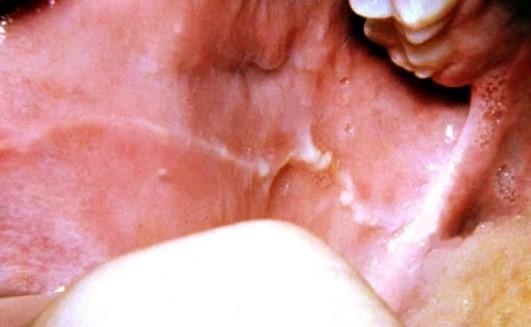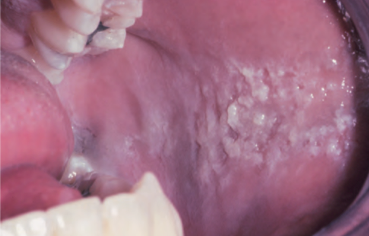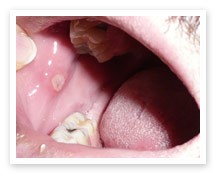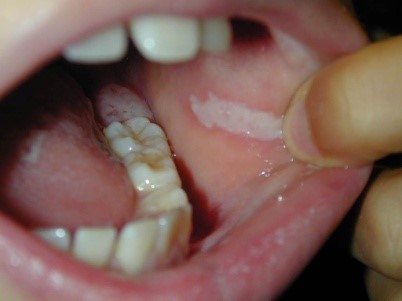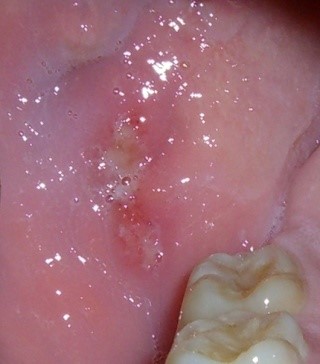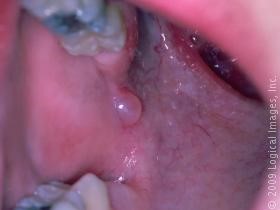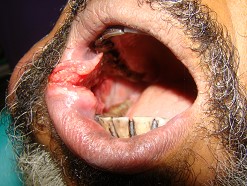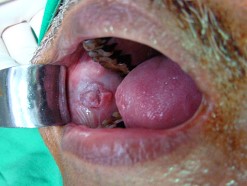Introduction
A condition characterized by chronic irritation or injury to the buccal mucosa (the lining of the inside of the cheek within the mouth)
Etiology
- Dental malocclusion
- A proper alignment of the upper teeth are needed to prevent cheek and lips from being bitten and proper alignment of the lower teeth is needed to protect the tongue. Deviation from ideal occlusion creates disturbance and misalignment that prevent the proper functioning of the upper and lower teeth.
- Eg: crowding, crossbite, overbite
- Skeletal discrepancy
- Lack of compatibility or malrelationship of the skeletal base (relationship of the upper and lower jaws ), usually gives rise to malocclusion and significant functional impairment.
- May interfere with the ability to chew properly
- Habits
- Parafunctional (abnormal habits)
- Activities of the stomatognatic ( all the structures involved in speech and in the reception, mastication and deglutition of food ) system that fall out of the functional activities.
- Habitual cheek biting usually occurs as an unconscious habit
- Normally due to psychological stress
- Parafunctional (abnormal habits)
- Ill-fitting denture
- Poorly constructed prosthetic teeth/ appliance
- Usually occurs when the teeth are placed outside the neutral zone (dental arch) where the lateral forces between the tongue and cheek are in balance
- Neurological : Parkinson’s
- Degenerative disorder of the central nervous system
- Patients commonly experience dyskinesia (involuntary movements which normally affects the lower part of the face. Commonly cause antipsychotic drugs)
- Symptoms include facial grimacing, finger swinging, jaw swinging, repetitive chewing and tongue thrusting
- Rough tooth surface
- Rough and sharp tooth edges can injure the cheek, lips or the tongue.
Clinical features
-
Bilateral lesions along the occlusal line or vestibular surface
Implications of Cheek Biting
- Traumatic ulcers
-
External forces that are directed towards tissue may produce ulcerations
-
Traumatic ulcer caused by physical injury is usually present as a single, localized, deep ulcer with irregular border
-
Ulcers caused by mechanical trauma may heal from 10-14 days
-
- Minor salivary gland pathology
-
Cheek biting may harm minor salivary glands and block the flow of saliva
-
- Neoplastic changes
-
Chronic trauma in addition to carcinogens (any substance or agent that tends to induce a cancer), may promote the transformation of epithelial cells
-
Management
-
Establish the cause through proper history taking and examination
-
Removal of causative agent, Eg Denture that is ill-fitting, correction of malocclusion
- Systemic use of vitamin A helps regenerate the oral epithelium
-
Counseling and psychotherapy may be needed in cases associated with psychological factors.
References
-
Cawson’s Essentials of Oral Pathology and Oral Medicine – R. A Cawson, G. W Odell
-
Colour Atlas of Dental Medicine Oral Pathology – Peter A. Reichart, Hans Peter Philipsen
-
Prevention of Habitual Cheek Biting: A Case Report – Martin Romew, Ascension Vincente, Luis A Bravo
| Last Reviewed | : | 25 August 2015 |
| Writer / Translator | : | Dr. Saravanan a/l Gopalan |
| Accreditor | : | Dr. Marzuki bin Zainal Abidin |


